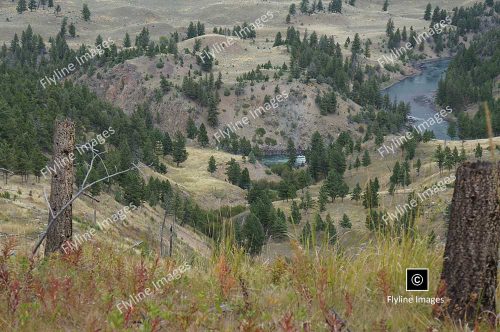The black bear population in Yellowstone National Park is a fascinating aspect of the park’s diverse ecosystem. Historically, black bears were one of the most frequently seen animals by visitors. However, sightings have become increasingly rare in recent years.
Black-Bear-CAN-0923-P
$13.50
Description
The black bear population in Yellowstone National Park is a fascinating aspect of the park’s diverse ecosystem. Historically, black bears were one of the most frequently seen animals by visitors. However, sightings have become increasingly rare in recent years. This rarity can be attributed to several factors, including the park’s efforts to minimize human-bear interactions, which are aimed at preserving the natural habits of these creatures. Increased education and regulations have successfully promoted the implementation of bear-proof food storage, minimizing the attraction of bears to human areas. Additionally, the expansive wilderness of Yellowstone provides ample remote habitat for black bears, allowing them to thrive away from the heavily trafficked areas. As a result, while the black bear population remains stable, encounters with them are less common, allowing these majestic creatures to maintain their natural behaviors and habitat.
Black bears are a vital part of the Yellowstone ecosystem, playing a crucial role in maintaining balance and diversity. They are considered an umbrella species, meaning their conservation efforts benefit other wildlife in the park as well. This is because black bears require large areas of wilderness to forage and breed, which provides habitat for many other species.
Aside from being essential to the park’s ecosystem, black bears also hold cultural significance for Native American tribes who have long revered these creatures as symbols of strength, wisdom, and power. Their presence in Yellowstone National Park is not just a scientific fascination but also a spiritual connection to the land.
Despite their elusive nature, visitors can still learn about black bears through educational programs offered by the park. These programs focus on the behavior and habits of black bears, as well as ways to safely view them in their natural habitat without disturbing or endangering them.
In recent years, there has been a decline in the number of black bear sightings due to climate change and other environmental factors. This serves as a reminder that even with conservation efforts in place, the survival of these magnificent creatures is still threatened by human impact on the environment.
Visitors to Yellowstone National Park are encouraged to practice responsible tourism, such as staying on designated trails and properly disposing of waste, to ensure the preservation of black bears and their natural habitat for future generations.
As we continue to learn more about black bears and their role in the park, it is crucial to also recognize and respect their place in the ecosystem. By doing so, we can continue to protect and appreciate these incredible animals for years to come. So, we must spread awareness about responsible tourism and conservation efforts to ensure that black bears remain a vital part of Yellowstone National Park’s diverse ecosystem. Let us all do our part in preserving the beauty and balance of this natural wonderland for future generations to experience and enjoy.
Image & Download Information
When you purchase this photo, you will be granted access to download the image.






